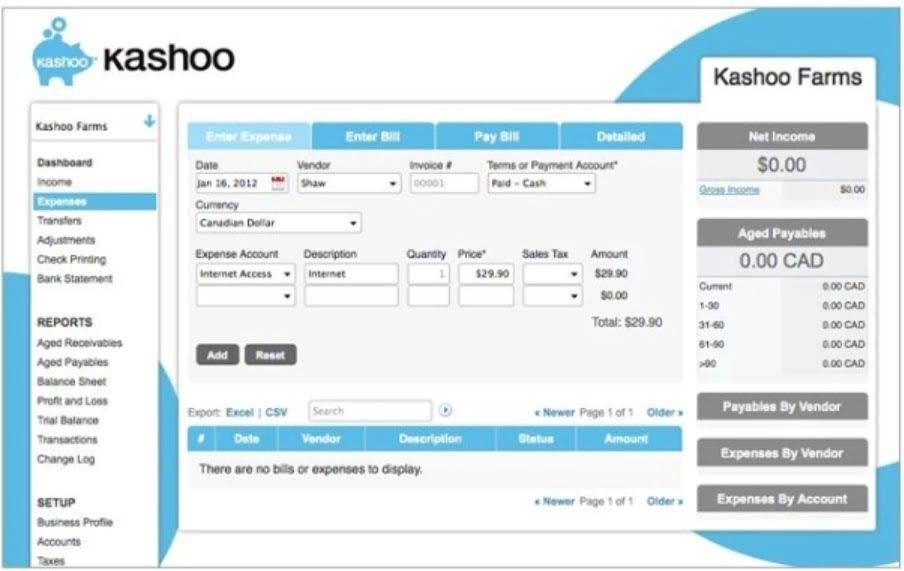
In that case, you should instead proportionally recognize the subscription revenue depending on when individual performance obligations — or deliveries — are fulfilled. IFRS follows the same five-step process as GAAP for recognizing revenue and applies five additional requirements. The construction industry, on the other hand, frequently uses the percentage-of-completion method due to the long-term nature of its projects. This method allows construction firms to recognize revenue in proportion to the work completed, providing a more accurate reflection of ongoing progress. However, this approach requires reliable estimates of project costs and timelines, which can be challenging in an industry prone to delays and cost overruns. Accrued revenue is an asset that represents income earned by a Bookstime deliverer when goods or services are delivered, even though payment has not yet been received.
Step#5
- However, it often requires a larger commitment of resources and ongoing training.
- Still, if you ever hope to raise funds from private investors or secure a bank loan, then you’ll likely want to follow GAAP in your reporting efforts, even if not mandated.
- Explore the principles, methods, and financial impact of revenue recognition, including industry variations and recent standard changes.
- However, matters become particularly complex when dealing with donations or grants, which may be classified as either restricted or unrestricted.
- The first step is to accurately recognize the contract(s) between the business and the customer.
- In conclusion, it’s vital that companies apply revenue recognition principles accurately to maintain transparency in their financial statements, uphold their credibility, and make sound business decisions.
As soon as the money enters the non-profit’s account, it may be recognized as revenue. This method is often used in industries where projects have uncertain outcomes or are short-term. For consumption-based pricing schemes, you’ll want to pay attention to the usage thresholds for each billable unit, recognizing revenue incrementally throughout the coverage period as each unit is consumed. While revenue recognition standards have been in place for some time, before 2014, the details and requirements of the exact guidelines varied considerably across industries. A variation on the example is when the same snow plowing service is paid $1,000 in advance to plow a customer’s parking lot over a four-month period.
- This principle ensures that revenue recognition is in line with accrual accounting, where revenue is recognized in the period in which it is earned and is not dependent on actual cash transactions.
- In that case, you should instead proportionally recognize the subscription revenue depending on when individual performance obligations — or deliveries — are fulfilled.
- Further, to record revenue, there has to be a certain degree of assurance to the organization that they will receive the payment from the customer.
- Public companies in the U.S. must abide by generally accepted accounting principles, which sets out principles for revenue recognition.
- Performance indicates the seller has fulfilled a majority of their expectations in order to get payment.
- The illustration below gives an overview of the annual revenue disclosure requirements for public entities.
Identify separate performance obligations
If the Financial Statements are prepared based on IFRS, the revenue is recognized at the time risks, and rewards of the selling transactions are transferred from the seller to the buyer. The pool table was not paid for until January 15th and it was not delivered to the bar until January 31. According to the revenue recognition principle, Bob’s should not record the sale in December. Even though the sale was realizable in that the sale for $5,000 was initiated, it was not earned until January when the pool table was delivered.

Identify the contract

In this case, the service should recognize an increment of the advance payment in each of the four months covered by the agreement, to reflect the pace at which it is earning the payment. The seller can recognize some gain or loss related to the deal in every accounting period in which the deal continues to be in force. The seller accounts for the transaction by using the installment method when the customer is allowed to pay for the product/service over several years.

HighRadius Record to Report (R2R) solutions offer end-to-end capabilities to streamline and automate accounting processes and workflows. Revenue is a key metric for an organization that enables us to gauge its performance and financial health. Recording revenue correctly is the key to ensuring accuracy in financial reporting. This is where revenue recognition steps in, specifying how and when revenue should be recognized. Training does not only involve teaching employees about revenue recognition contra asset account rules but also about company policies, procedures, and controls related to these principles.
Percentage of completion method
- This is of considerable importance in recognizing revenue, since revenue is considered to be recognizable when goods or services are transferred to the customer.
- For instance, if a company uses aggressive revenue recognition practices, it might show strong earnings without corresponding cash inflows, leading to discrepancies between net income and operating cash flow.
- Where a company receives cash in advance for which goods or services are to be provided at a future date, it initially debits cash and credits unearned revenue (also known as prepaid revenue).
- These criteria ensure that revenue is recognized when it’s earned, and the company has substantially completed its performance obligations to the customer.
- This is the most straightforward method, where revenue is recognized when the product is sold or the service is provided.
- For example, the sale of a car with a complementary driving lesson would be considered as two performance obligations – the first being the car itself and the second being the driving lesson.
Understanding which transactions can be recognized as revenue is often complex, which makes it essential for organizations to understand what the revenue recognition principle entails. Revenue recognition practices revenue recognition principle can vary widely across different industries, reflecting the unique nature of their business models and transactions. In the technology sector, for instance, companies often deal with complex contracts that bundle hardware, software, and services. These companies must carefully allocate the transaction price to each component and recognize revenue as each performance obligation is satisfied. This can involve sophisticated accounting techniques and a deep understanding of the contractual terms.
